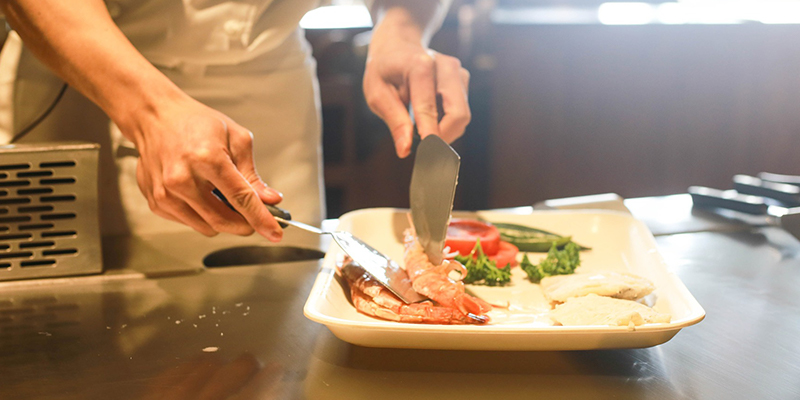Running a restaurant is tough; running a restaurant in this time of COVID is a monumental task.
In addition to all the other perils (and rewards) that affect restaurants these days, there’s no reason to risk your bottom line because you failed to heed the Occupational Safety and Health Administration’s (OSHA) guidelines. (Note: If you haven’t already reviewed the US Department of Labor’s guidelines for COVID, do so here: https://www.osha.gov/coronavirus/safework.)
In this article, however, we’ll break down easy ways we’ve heard from our customers to make sure you don’t run afoul of OSHA’s first aid and medical services rulings.
First, have someone on your restaurant’s staff trained in first aid whenever you are open, or get trained yourself. This not only benefits you and your staff, it helps customers too, in the unlikely event of an injury or sudden accident. American Red Cross offers inexpensive first aid classes. Some states require CPR and/or choking first aid, but even if your state doesn’t legislate the requirement for training, it’s a good idea.
Second, keep a log of all restaurant-related injuries — even the minor ones. A knife cut while slicing carrots? Treat it and log it. Even small injuries can become infected or can cause further problems down the road. Review those logs periodically. Are you seeing an increase in strains and sprains from lifting heavy food items? Maybe you should start employee training on how to lift. Are griddle burns on the uptick? Review your procedures and train your employees to avoid burns in the kitchen.
Third, have first aid supplies handy and available, and check for needed replacements regularly. How often you check depends in large part on how many employees you have. Larger kits tend to be more toward construction and major injuries – much more than you need. We’ve created first aid kits for restaurants by the injury – smaller and more affordable first aid kits for specific injuries that fit neatly near common injury sites – available immediately in the event of an accident.
We can help with this! Our restaurant-ready first aid kits are perfect for tucking around the kitchen in higher risk areas. Near the grill or fryer burn first aid is at the ready with our Burn Bag minor burn first aid kit. Where cooks are slicing and dicing, place our restaurant ready Cut & Scrapes Bag minor cut and scrape first aid kit near the ingredient prep area, etc.
Restaurant First Aid Checklist
Adapted from the Rochester Institute of Technology self-inspection checklist for OSHA.
- Is there a hospital, clinic, or infirmary for medical care in proximity of your workplace?
- If medical and first-aid facilities are not in proximity of your workplace, is at least one employee on each shift currently qualified to render first aid?
- Have all employees who are expected to respond to medical emergencies as part of their work:
- Received first aid training
- had Hepatitis and COVID-19 vaccinations
- had appropriate training on procedures to protect from bloodborne pathogens, including universal precautions
- have available and understand how to use appropriate personal protective equipment to protect against exposure to bloodborne diseases?
- Where employees have had an exposure incident involving bloodborne pathogens, did you provide an immediate post-exposure medical evaluation and follow-up?
- Are medical personnel readily available for advice and consultation on matters of employees’ health?
- Are emergency phone numbers posted and easy to find?
- Are first-aid kits easily accessible to each work area, with necessary supplies available, periodically inspected and replenished as needed?
- Have first-aid kit supplies been approved by a physician, indicating that they are adequate for a particular area or operation?
- Are means provided for quick drenching or flushing of the eyes and body in areas where corrosive liquids or materials are handled?

